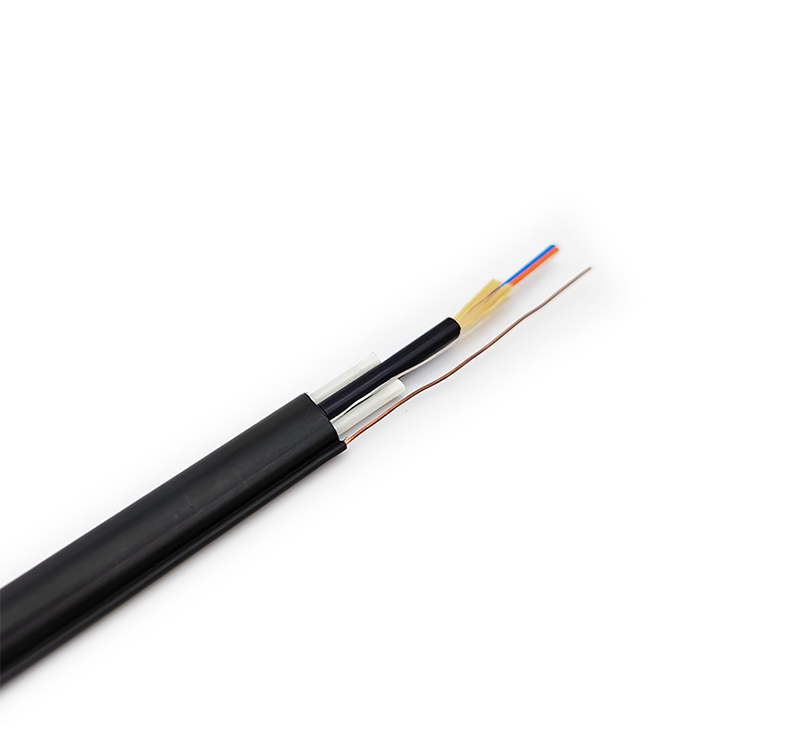What should I do if the optical fiber transceiver does not work? Friends who don't know how to do it, can basically solve it by these methods.
1. First, check whether the indicator light of the optical fiber transceiver or optical module and the twisted pair port indicator light are on?
a. If the optical port (FX) indicator of the transceiver is not on, please confirm whether the optical fiber link is cross-linked? One end of the fiber jumper is connected in parallel; the other end is connected in a cross-connection.

b. If the optical port (FX) indicator of the A transceiver is on, and the optical port (FX) indicator of the B transceiver is not on, the fault is on the A transceiver side: one possibility is: A transceiver (TX) optical transmission The port is broken, because the optical port (RX) of the B transceiver cannot receive the optical signal; another possibility is: the optical fiber link of the optical transmission port of the A transceiver (TX) has a problem (the optical cable or the optical jumper may be broken).
c. The twisted pair (TP) indicator is not on, please confirm whether the twisted pair is connected incorrectly or is connected incorrectly? Please use a continuity tester to test (but the twisted pair indicator of some transceivers must wait for the optical fiber chain Lights only after the road is connected).
d. Some transceivers have two RJ45 ports: (To HUB) means that the connection line connecting the switch is a straight-through line; (To Node) means that the connection line connecting the switch is a crossover line.
e. There are MPR switches on the side of some transmitters: it means that the connecting line connecting the switch is a straight-through line; DTE switch: the connecting line connecting the switch is a cross-connecting line.
2. Are the optical cables and optical fiber jumpers broken?
a. Optical cable on-off detection: use a laser flashlight, sunlight, or illuminator to illuminate one end of the optical cable connector or coupler; see if there is visible light at the other end? If there is visible light, it means that the optical cable is not broken.
b. On-off detection of optical fiber connection: use a laser flashlight, sunlight, etc. to illuminate one end of the optical fiber jumper; see if there is visible light at the other end? If there is visible light, it means that the optical fiber jumper is not broken.
3. Is the half/full duplex mode wrong?
Some transceivers have FDX switches on the side: full duplex; HDX switches: half duplex.
4. Detect with an optical power meter
The luminous power of the optical fiber transceiver or optical module under normal conditions: multi-mode: between -10db--18db; single-mode 20km: between -8db--15db; single-mode 60km: between -5db--12db ; If the luminous power of the optical fiber transceiver is between: -30db--45db, then it can be judged that there is a problem with the transceiver.
5. After the optical transceiver is connected, the two ends cannot communicate
(1) The optical fibers are reversed, and the optical fibers connected to TX and RX are reversed
(2) The connection between the RJ45 interface and the external device is incorrect (pay attention to the straight-through and splicing)
The optical fiber interface (ceramic ferrule) does not match. This fault is mainly reflected in the 100M transceiver with optoelectronic mutual control function. For example, if the pigtail of the APC ferrule is connected to the transceiver of the PC ferrule, it will not be able to communicate normally. The optoelectronic mutual control transceiver has no effect.










